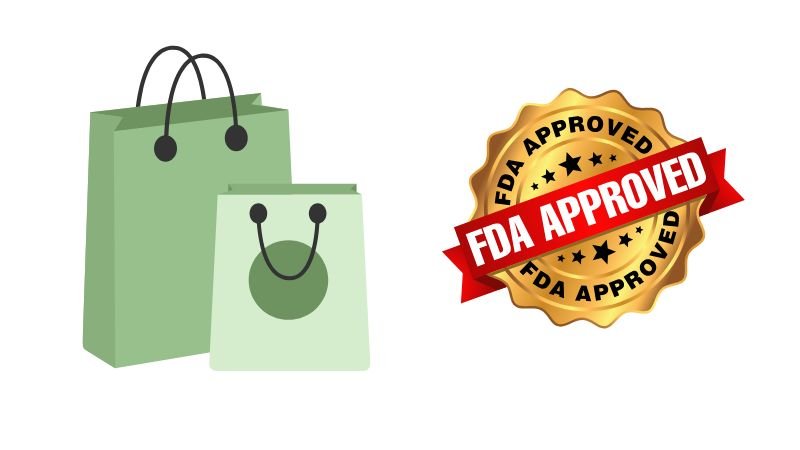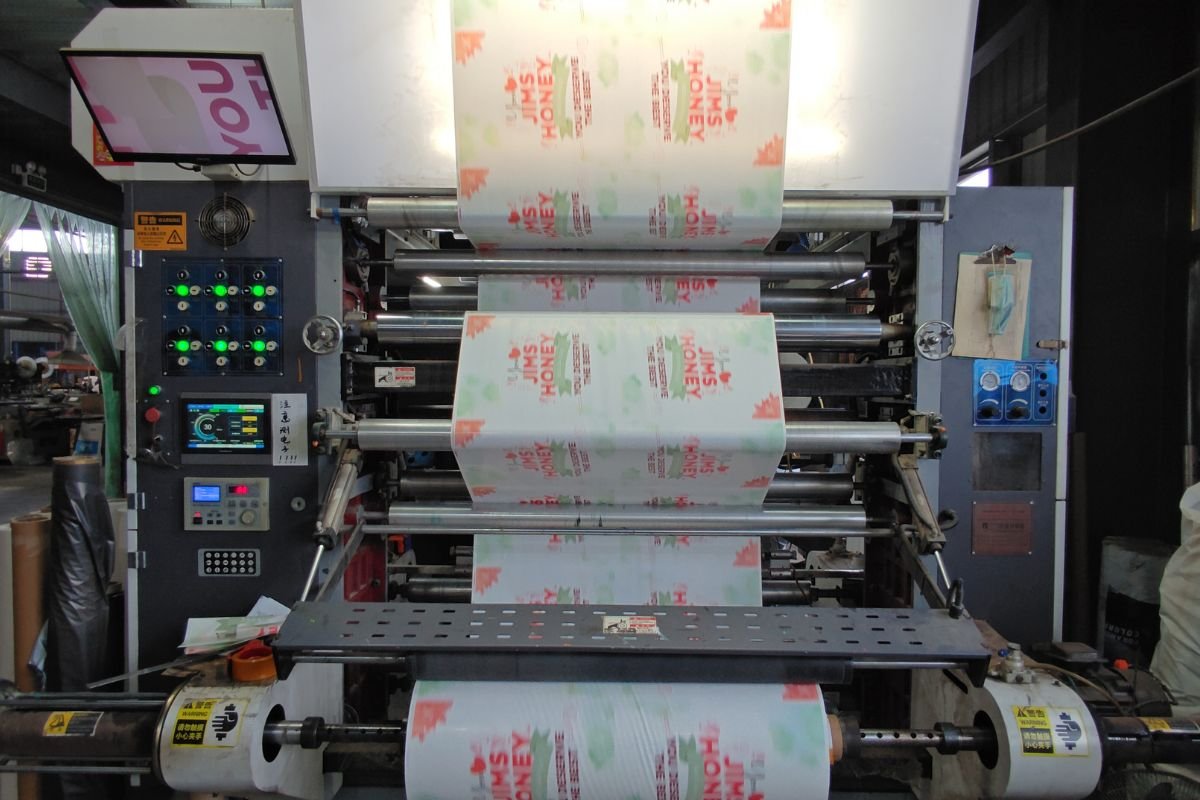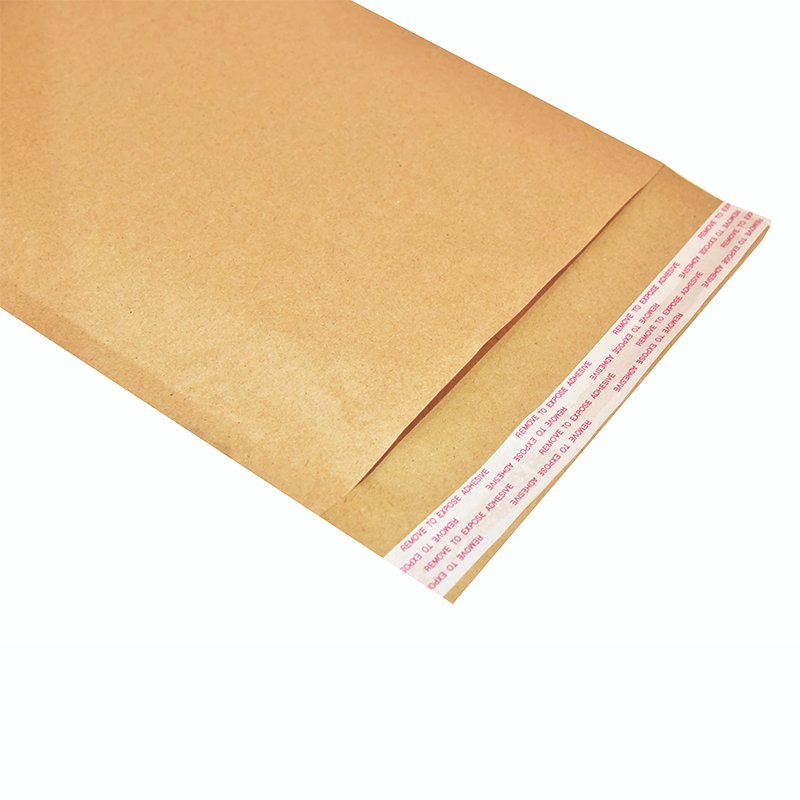When it comes to packaging food products, safety and compliance are non-negotiable. How do FDA regulations ensure that food-grade paper packaging is safe and effective for protecting our food?
The FDA (Food and Drug Administration) has specific regulations in place to govern the safety of materials used in food packaging. These regulations ensure that food-grade paper packaging does not contaminate or alter the food inside. Whether you’re a manufacturer, supplier, or distributor, it’s crucial to understand these FDA rules to remain compliant and protect consumers.
Let’s break down the key points and explore the FDA’s approach to food-grade paper packaging.
What Are FDA Regulations for Food-Grade Paper Packaging?
The FDA’s oversight of food packaging materials stems from the Federal Food, Drug, and Cosmetic Act (FDCA) and the Food Contact Substance (FCS) regulations. These regulations ensure that packaging materials, including paper, do not pose a risk to food safety. In particular, the FDA focuses on:
- Migration testing: Ensuring that substances in the paper packaging do not migrate into the food.
- Material safety: Packaging must not contain harmful chemicals or substances that could harm consumers.
- Labeling requirements: Clear labeling for paper packaging used for food items.
These regulations apply to all materials that come into direct contact with food—paper packaging included. But how does this translate to real-world application?

How Does FDA Testing Work for Paper Packaging?
The FDA requires that manufacturers conduct migration tests on food-contact packaging materials. These tests simulate conditions in which food might interact with the paper, such as high temperatures, humidity, or acidic substances. The goal is to ensure that any potential chemical migration into the food is minimal and within safe limits.
These tests are crucial for materials like printed paper, coatings, and adhesives used in food packaging. If a substance from the packaging migrates into the food, it could pose a health risk. Therefore, manufacturers must prove their packaging materials are safe before using them for food.
The FDA uses Good Manufacturing Practices (GMPs) to oversee these safety measures. Manufacturers are required to adhere to these practices to ensure consistency and quality throughout the production process.
What Materials Are Allowed in Food-Grade Paper Packaging?
The FDA has stringent rules about the types of materials that can be used in food-grade paper packaging. These materials must be:
- Non-toxic: Paper and any coatings, inks, or adhesives must not contain harmful chemicals like lead, phthalates, or bisphenol A (BPA).
- Odorless and tasteless: Packaging materials must not alter the taste or smell of food.
- Resistant to contamination: The paper must be able to protect the food from contaminants like moisture, oils, and grease.
Furthermore, the FDA does not approve individual packaging materials but instead evaluates the substances used to make the packaging. Therefore, manufacturers must use approved substances or request approval for new materials if they wish to use them in food packaging.

FDA Approval for Paper Packaging Substances
Before any food-contact paper packaging can be sold or used in the U.S., the ingredients or substances involved must be approved by the FDA. Manufacturers must submit a petition to the FDA for review, providing evidence that the materials are safe under their intended conditions of use.
The FDA’s review process includes a thorough evaluation of:
- Toxicological data: Evidence showing that the substances do not pose a health risk.
- Migration data: Testing to confirm that the substances will not migrate into the food at unsafe levels.
- Use conditions: Information on how the packaging will be used in real-world conditions, such as storage, transportation, and cooking temperatures.
Once approved, substances are listed in the FDA’s Food Contact Substance Inventory, which helps manufacturers determine what materials can be used safely.
Common FDA Compliance Challenges for Manufacturers
For manufacturers, navigating FDA regulations can be tricky, especially for those new to the food packaging industry. Here are some common compliance challenges:
- Understanding material restrictions: The FDA regulates thousands of substances, and keeping track of what’s approved for food-contact packaging can be overwhelming.
- Dealing with migration testing: Conducting the necessary tests to prove material safety can be costly and time-consuming, especially for new materials or packaging designs.
- Keeping up with changes: The FDA periodically updates its regulations, meaning manufacturers must stay up to date to avoid potential compliance issues.
It’s crucial for packaging manufacturers to work with qualified experts who understand FDA regulations. Hiring consultants, conducting thorough testing, and regularly reviewing FDA guidelines can help avoid costly mistakes.
Labeling and Documentation for FDA Compliance
One key aspect of FDA compliance is labeling and documentation. All food-contact materials must be accompanied by appropriate documentation proving that the packaging is safe for its intended use. This includes:
- Product certifications: Documents proving the material was tested and found to be safe.
- Traceability records: Detailed records of the sourcing and manufacturing processes.
- Proper labeling: If the packaging contains any substances that could affect food quality, these must be disclosed.
This documentation must be readily available for inspection, and companies that fail to keep proper records can face penalties or even have their products pulled from the market.
The Role of Third-Party Testing and Certifications
While the FDA oversees food packaging regulations, many manufacturers also opt for third-party testing and certifications. These independent organizations can test food-contact materials and provide additional validation that the packaging meets safety standards.
Third-party certifications, such as NSF International or ISO 22000, can provide further assurance to consumers and businesses that the packaging is safe and compliant with industry standards.
Staying Updated with FDA Regulations
The FDA frequently updates its rules regarding food-contact materials, including food-grade paper packaging. As consumer preferences shift toward more eco-friendly packaging, the FDA’s stance on sustainable materials may evolve. It’s vital for manufacturers to stay informed about these changes to avoid non-compliance.
To keep up with FDA regulations:
- Monitor FDA updates: Sign up for newsletters or visit the FDA’s website to stay updated on new rules or regulations.
- Consult experts: Work with regulatory consultants or legal professionals specializing in food packaging.
- Attend industry events: Conferences and trade shows often feature sessions on regulatory updates, offering a chance to learn directly from experts.
Conclusion
FDA regulations for food-grade paper packaging are designed to ensure the safety and quality of packaging materials used in food products. By adhering to these standards, manufacturers can help protect consumers and avoid costly penalties. Staying compliant requires regular testing, documentation, and staying current on the latest guidelines—but it’s well worth the effort to keep your food packaging safe and consumer-friendly.







